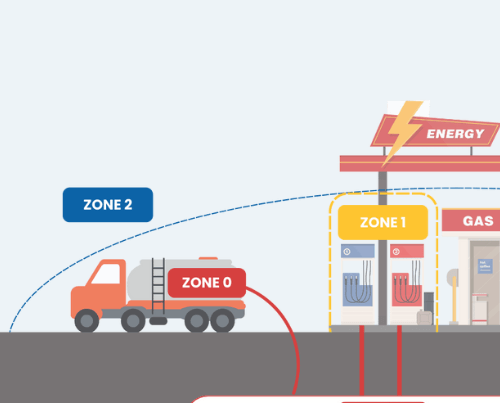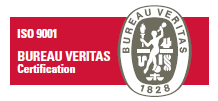Understanding Class / Division of Hazardous Areas
In industries dealing with flammable gases, vapors, dust, or fibers, ensuring workplace safety is a top priority. One of the most critical aspects of safety in hazardous areas is the use of Explosion-Proof (Ex Proof) Lighting which is designed to prevent ignition sources and reduce the risk of fires or explosions.
To ensure the right safety measures, there are several methods to classify hazardous areas. In this blog post, we’ll break down the hazardous area class / division system, which is primarily used in North American & Canada. The other classification system is known as the Hazardous Area Zoning System (compatible with ATEX & IECEx certification), which you may learn more about here.
Classes and Divisions
The Class / Division System is a classification method used to identify where flammable gases, vapors, dusts, or fibers may create an explosion risk. There are two main divisions in this system:
- Class (Gas & Vapors, Dust, Fibers)
- Division (Frequently in Contact, Contact in an accident)
Class 1, Division 1 (C1D1)
Explosive Gas and Vapours are present continuously or frequently. Considered the highest level of risk for potential ignition.
Examples of Environments where Class 1, Division 1 is Present
- Petroleum Refineries
- Chemical Processing Plants
- Gas Pumps

Class 1, Division 2 (C1D2)
Explosive gas and vapours are not normally present, but may become hazardous in the event of a leak, equipment failure, or accident.
Examples of Environments where Class 1, Division 2 is Present
- Areas adjacent to Class 1, Division 1
- Storage rooms for flammable liquids
- Areas around gas pipelines and processing facilities
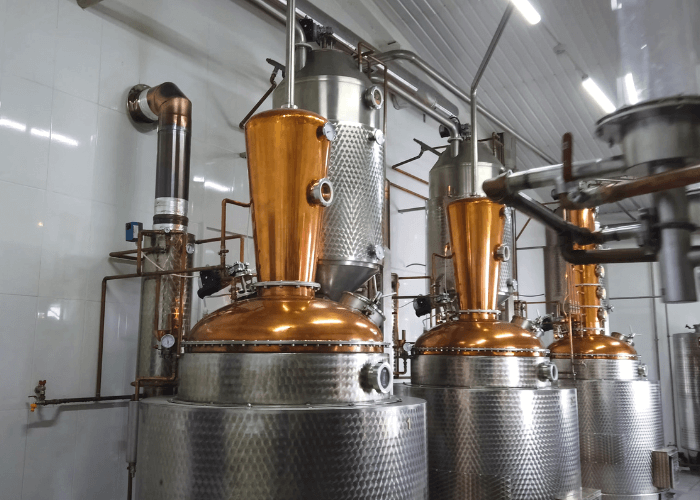
Class 2, Division 1 (C2D1)
Explosive Dusts are present continuously or frequently. Considered the highest level of risk for potential ignition.
Examples of Environments where Class 2, Division 1 is Present
- Grain Elevators
- Flour Mills
- Woodworking Facilities
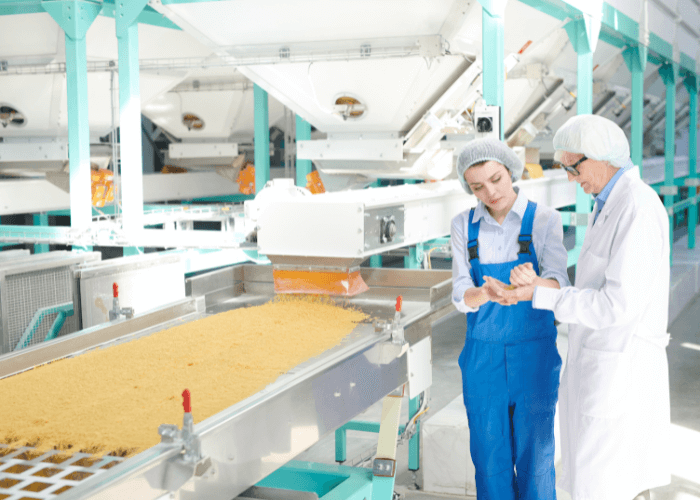
Class 2, Division 2 (C2D2)
Explosive Dusts are not normally present, but may become hazardous in the event of a leak, equipment failure, or accident.
Examples of Environments where Class 1, Division 2 is Present
- Areas adjacent to Class 2, Division 2
- Storage rooms for grain, flour, or starch
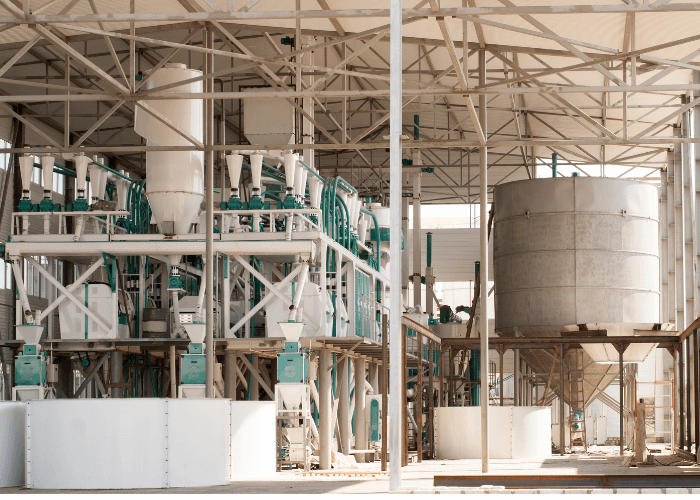
Class 3, Division 1 (C3D1)
Fibers and flyings are present continuously or frequently. Considered the highest level of risk for potential ignition.
Examples of Environments where Class 3, Division 1 is Present
- Textile Mills
- Cotton Processing Plants
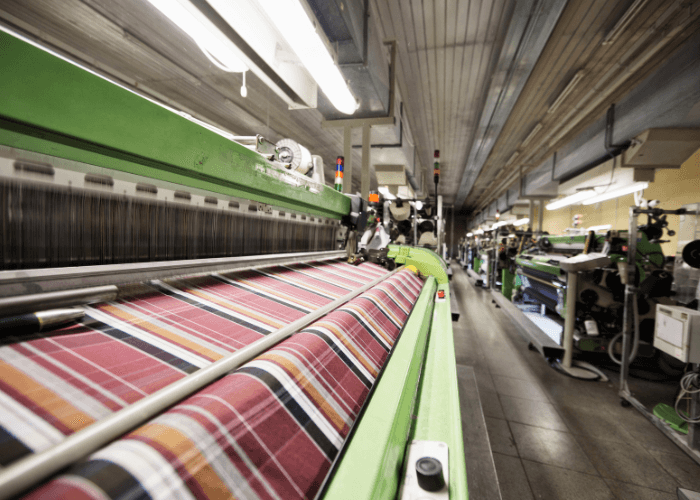
Class 3, Division 2 (C3D2)
Fibers & flyings are not normally present, but may become hazardous in the event of a leak, equipment failure, or accident.
Examples of Environments where Class 3, Division 2 is Present
- Warehouses storing cotton, flax, or sawdust
- Wood processing storage areas

Summary of the Class / Division System
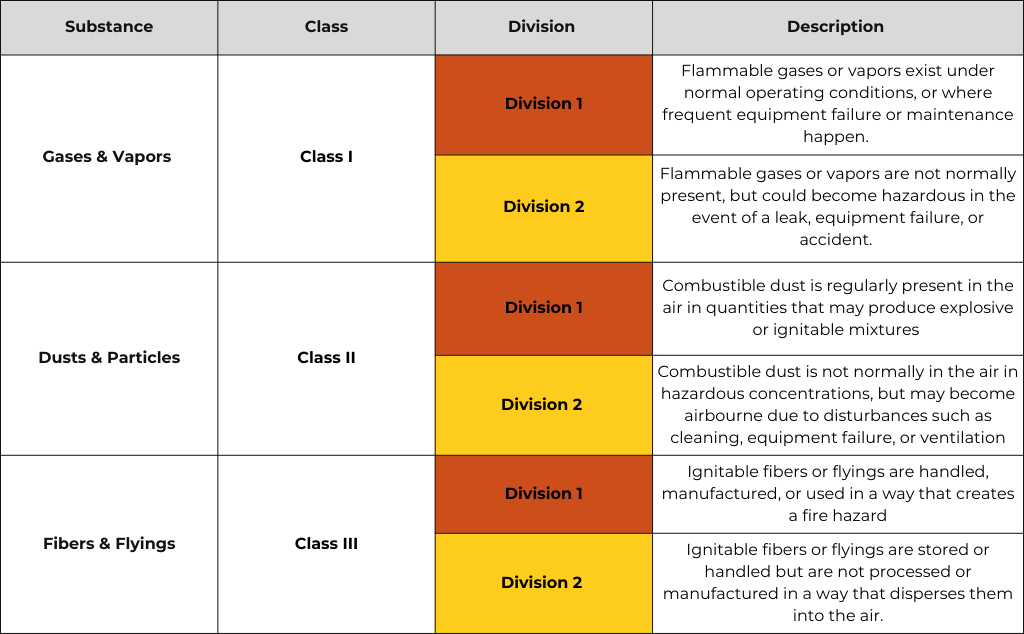
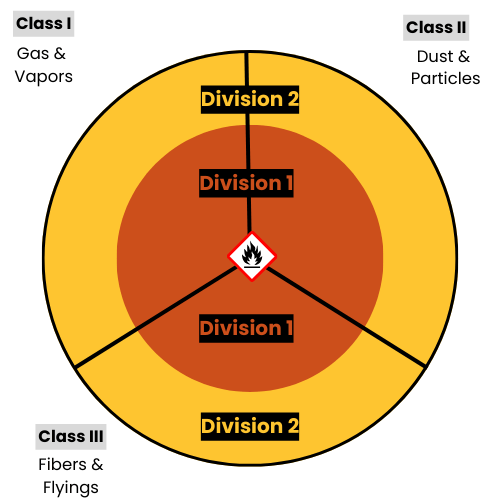
Equipment for Hazardous Areas
Selecting the right Ex Proof Lighting for a specific hazardous area ensures compliance with ATEX, IECEx, NEC, and other safety standards, preventing ignition sources and protecting workers in high-risk environments.
Our experts at Lim Kim Hai Electric can help to propose the most suitable light to meet the desired lux level requirement for any industry including oil & gas, industrial, food and beverage manufacturing, woodworking areas, warehouses, and more.



